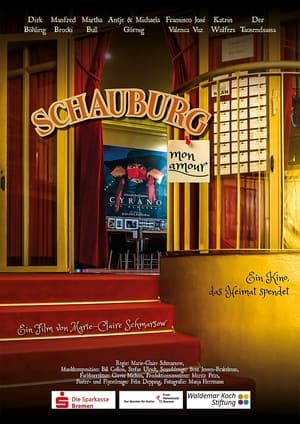

Alte Filme aus Bremen(2009)
"Don't throw away your old films!" This is how Radio Bremen and the State Film Archive turned to the people of Bremen and Bremerhaven. True treasures were unearthed.

Movie: Alte Filme aus Bremen

Alte Filme aus Bremen
HomePage
Overview
"Don't throw away your old films!" This is how Radio Bremen and the State Film Archive turned to the people of Bremen and Bremerhaven. True treasures were unearthed.
Release Date
2009-02-02
Average
0
Rating:
0.0 startsTagline
Genres
Languages:
DeutschKeywords
Similar Movies
 0.0
0.0Frank Zappa & the Mothers of Invention - The Lost Broadcast: The Beat Club '68(en)
This DVD contains a filmed rehearsal of Frank Zappa and the Mothers of Invention at the legendary Beat Club in Bremen, Germany, on 6th October 1968. The music is largely one long improvisatory continuous performance rather than a run-through of their greatest hits, but is punctuated by Zappa directing the band to play the opening themes of some of his more well-known pieces.
Glimpses of Western Germany(en)
This James A. FitzPatrick Traveltalks short visits the West German cities of Hamburg, Bremen, Munich, and Heidelberg. Included are scenes of World War II destruction that lingered at the time.
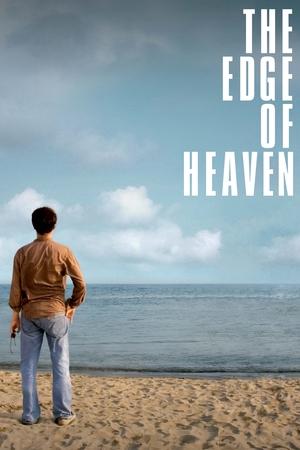 7.2
7.2The Edge of Heaven(de)
The lives of six German-Turkish immigrants are drawn together by circumstance: An old man and a prostitute forging a partnership, a young scholar reconciling his past, two young women falling in love, and a mother putting the shattered pieces of her life back together.
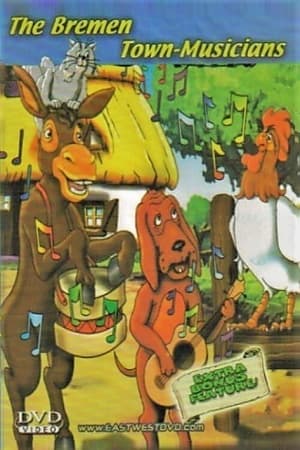 5.8
5.8The Bremen Town Musicians(de)
"Is this all there is to life?" thought the donkey, who was working as a tourist attraction for in the "Animal-Adventure-Park ", after his boss kicked him out. And because people again and again told him that his voice sounded lovely, he decided to make a career as a musician and go to Bremen. On his way, he met a dog, whose fate was to spend the rest of his life in the animal asylum, because his old master had died. The dog was a great drummer, so the donkey asked him to come along with him. On their way they met a cock and a cat, who were also living in a desperate situation. Since they too were good musicians, it was only logical that they completed the band. And what nobody ever believed came true. After many adventures, they were finally on stage. Where? Of course in Bremen.
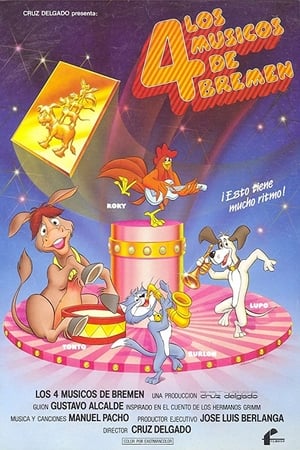 7.3
7.3Town Musicians of Bremen(es)
Four farm animals, a donkey, a dog, a cat and a rooster, leave their home to become musicians in Bremen. Based on the tale of the Brothers Grimm.
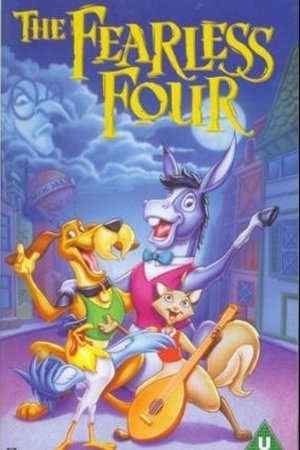 5.7
5.7The Fearless Four(de)
Four aging animals, a dog, a cat, a donkey and a rooster escape from their former homes because they weren't as productive and useful for their owners as they used to be. To avoid death, they all move out on a musical journey to Bremen to find a better life.
 6.4
6.4Neue Vahr Süd(de)
Frank Lehmann, 20, still lives with his parents in the dreary high-rise housing project "Neue Vahr" in Bremen. It's the year 1980 and Frank gets drafted to the army even though his friends assure him that "he's not really the guy for it". When he gets back home, after his first week at the army, his Dad has turned his room into a TV repair shop, so Frank has to move out. Luckily his old friend Martin is starting a commune with two other Punks in Bremens leftist borough "Viertel". Frank, without further ado rents the unlivable walk-through room. From now on Frank is a traveler between the Worlds. Each week he goes from the Army, with all the unconditional rules and regulations to the commune where his friends are preaching the world revolution. Frank is trying to avoid to stick out, but fails miserably, in both worlds.
 4.8
4.8Das Gesetz sind wir(de)
Maja Witt and Klaus Burck have been a well-rehearsed team for years, ensuring law and order as police officers in Bremen. At least that's what they try to do. Time and again, however, they are shown their limits. Criminals are set free again, and they themselves get no respect at all. When the arrogant teenager Ahmed Issa spits at Klaus during a mission, this finally goes too far: the two fight back and start to take the law into their own hands, using any means necessary. But the other side is not standing idly by...
 7.4
7.4The Bitter Tears of Petra von Kant(de)
Petra von Kant is a successful fashion designer -- arrogant, caustic, and self-satisfied. She mistreats Marlene (her secretary, maid, and co-designer). Enter Karin, a 23-year-old beauty who wants to be a model. Petra falls in love with Karin and invites her to move in.
 5.2
5.2The Town Musicians of Bremen(de)
An old donkey resolves to break away from the unbearable hardships of working for a fat miller. By and by, he recruits three more unsatisfied animals and convinces them to accompany him on his way to Bremen where they want to become musicians.
 6.9
6.9Olympia: Part One – Festival of the Nations(de)
Commissioned to make a propaganda film about the 1936 Olympic Games in Germany, director Leni Riefenstahl created a celebration of the human form. This first half of her two-part film opens with a renowned introduction that compares modern Olympians to classical Greek heroes, then goes on to provide thrilling in-the-moment coverage of some of the games' most celebrated moments, including African-American athlete Jesse Owens winning a then-unprecedented four gold medals.
 6.7
6.7Olympia: Part Two – Festival of Beauty(de)
Commissioned to make a propaganda film about the 1936 Olympic Games in Germany, director Leni Riefenstahl created a celebration of the human form. Where the two-part epic's first half, Festival of the Nations, focused on the international aspects of the 1936 Olympic Games held in Berlin, part two, The Festival of Beauty, concentrates on individual athletes such as equestrians, gymnasts, and swimmers, climaxing with American Glenn Morris' performance in the decathalon and the games' majestic closing ceremonies.
 6.7
6.7Workers Leaving the Lumière Factory(fr)
Working men and women leave through the main gate of the Lumière factory in Lyon, France. Filmed on 22 March 1895, it is often referred to as the first real motion picture ever made, although Louis Le Prince's 1888 Roundhay Garden Scene pre-dated it by seven years. Three separate versions of this film exist, which differ from one another in numerous ways. The first version features a carriage drawn by one horse, while in the second version the carriage is drawn by two horses, and there is no carriage at all in the third version. The clothing style is also different between the three versions, demonstrating the different seasons in which each was filmed. This film was made in the 35 mm format with an aspect ratio of 1.33:1, and at a speed of 16 frames per second. At that rate, the 17 meters of film length provided a duration of 46 seconds, holding a total of 800 frames.
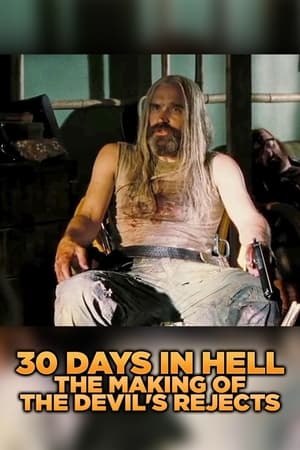 6.0
6.030 Days in Hell: The Making of 'The Devil's Rejects'(en)
An exhaustive, detailed documentary on the 30-day film shoot of "The Devil's Rejects"
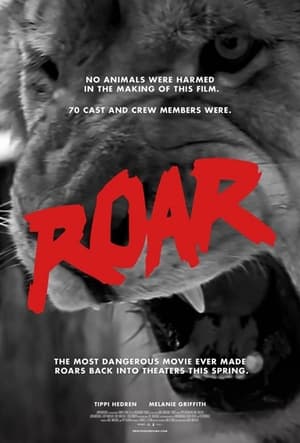 0.0
0.0The Making of Roar(en)
A production of Roar (1981) had special demands on both cast and crew. Learn about this incredible film and about the amazing people who made ROAR possible.
 0.0
0.0How to Win Eurovision(en)
Greg James and Russell Kane present a look at all the ingredients needed to become a Eurovision winner, celebrating the UK's successes and also its hall of shame.
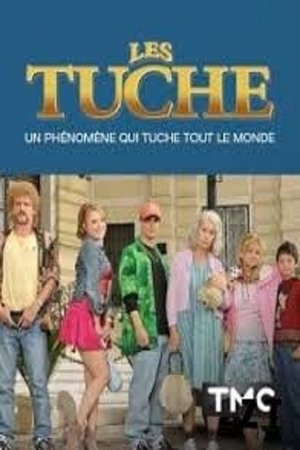 7.2
7.2Les Tuche : un phénomène qui tuche tout le monde(fr)
The phenomenon took everyone by surprise. In the span of three years, despite the mixed reception from the press upon its release in 2011, the Tuche family, a group of eccentric unemployed individuals, found a place in the hearts of the audience. With over eight million viewers during the television broadcast of the first installment and 4.6 million box office admissions for the second part, it became the biggest French success of 2016. The Tuche family has become a phenomenon. Word of mouth gave the film a second life beyond theaters, turning this tribe into the most popular family in French cinema.
